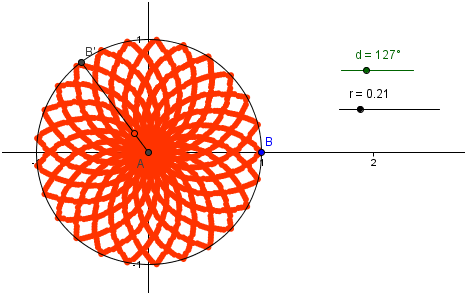New GeoGebra Tutorials
I have written more than 30 GeoGebra tutorials for the past year, but I felt that it was written sloppily. From now on, we will refer to them as the GeoGebra Intermediate Tutorial Series. Honestly, I wrote those tutorials without thinking of the order and length. In fact, they can be considered as stand-alone tutorials. I have also never bothered to write about the technical explanations behind the constructions. For instance, I did not explain the difference between free and dependent objects; I never taught how to use construction protocols and many others. For this reason, I have decided to create another tutorial series – the GeoGebra Essentials Tutorial Series.
GeoGebra Essentials will cater those who have zero or very little knowledge about GeoGebra. The construction steps will be shorter — more or less 10 steps per tutorial. Unlike in previous tutorials, we will discuss the technical and mathematical ideas behind the constructions. We will probably do some “less serious” constructions just like the one shown above – constructions which will let us appreciate the non-mathematics part of GeoGebra (click figure above to view animation).
For intermediate GeoGebra users, we will also be starting the GeoGebra Advanced Tutorial Series. We will learn basic HTML, Javascript coding, tools customization, and website embedding. We will also have some advanced mathematics constructions.

 Instructions
Instructions